Transport
The Basque-Asturian Railway played a fundamental role in the articulation of the narrow-gauge network of Asturias, as well as in the development of coal mining in the Caudal basin and the configuration of the port of San Esteban de Pravia. Many elements of this company were taken from the Santander-Bilbao line, with which it shared shareholders and engineers. Such is the case of the design of the stations or the rolling stock.
In the case of the locomotives, the first models were inspired by those used by that company, all of British origin. In 1902, the Basque-Asturian Railway acquired its first machines, a family of four examples from Hunslet Engine, similar to a series already in service on the Basque-Cantabrian line. They received the numbers 20 to 23 and were named after the main rivers the railway crossed. They had three coupled axles, exterior cylinders and lateral water tanks.
The second of these, the number 21, bore the Nalón name and acquired notoriety already in its early days since its factory photograph was used to illustrate a manufacturer's catalogue. Throughout its active life, the Nalón was used to serve the different mining railway branches of the Basque-Asturian Railway (especially the one from Figaredo to La Cuadriella) as well as in shunting services and work or special trains.
In the mid-sixties, when the Basque-Asturian Railway retired its steam locomotives, it sold some examples of this model to mining companies. The 23 Cubia ended its days at Fábrica de Mieres, while the Nalón passed into the hands of the Sociedad Industrial Asturiana Santa Bárbara. It performed shunting at the agglomerate plant it owned in Figaredo.
Shortly thereafter it passed into the hands of HUNOSA and, when the factory was dismantled around 1970, the state-owned company sent it to La Cuadriella to carry out manoeuvres in the coal washing plant. However, for unknown reasons, it was removed immediately after its arrival at Turón. After more than twenty years of abandonment, it was ceded to the Asturias Railway Museum, which undertook its restoration.
The Nalón is a superb example of British industrial design and also one of the few representatives of the vast fleet of the narrow-gauge network of the Cantabrian coast, which owes its very survival to its sale to the mining industry.


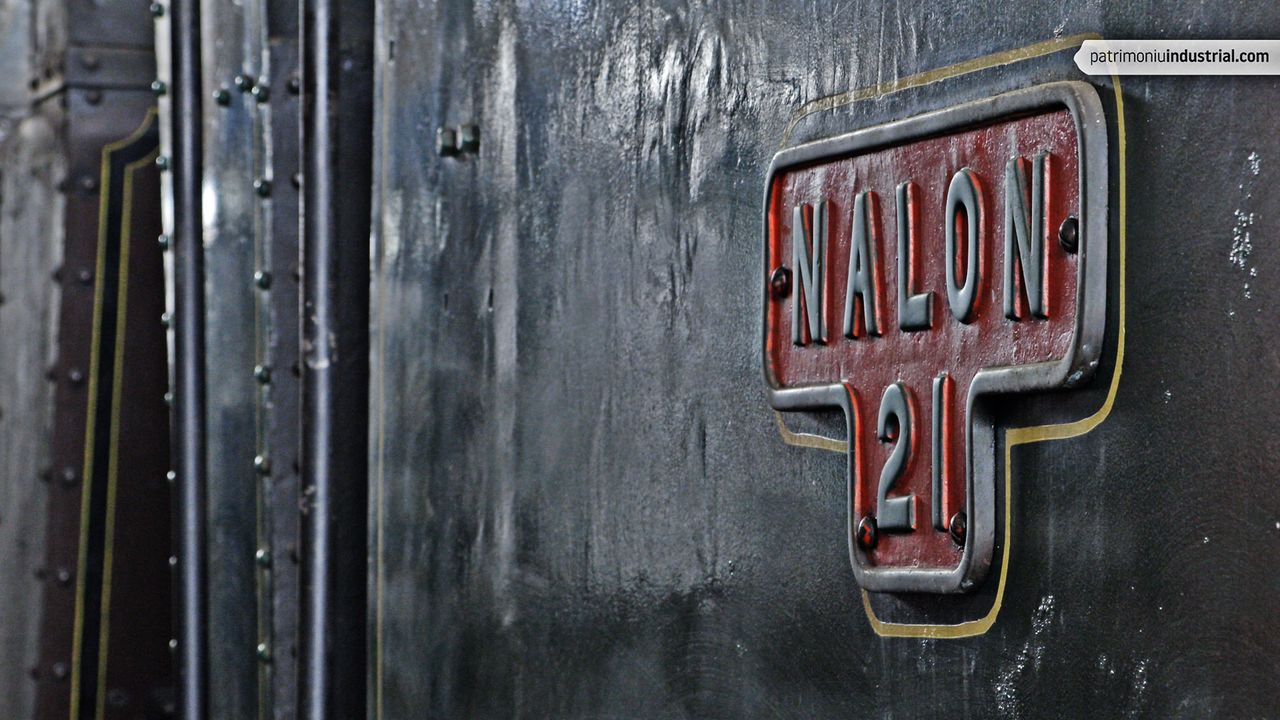
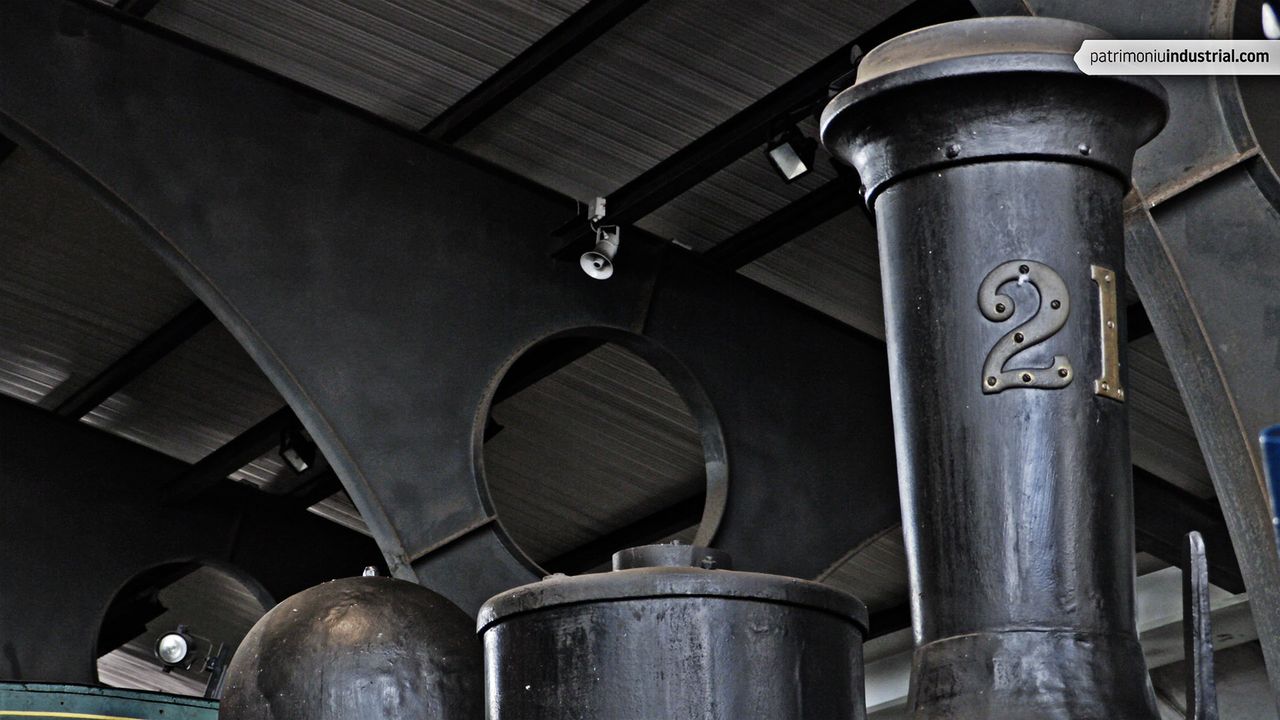
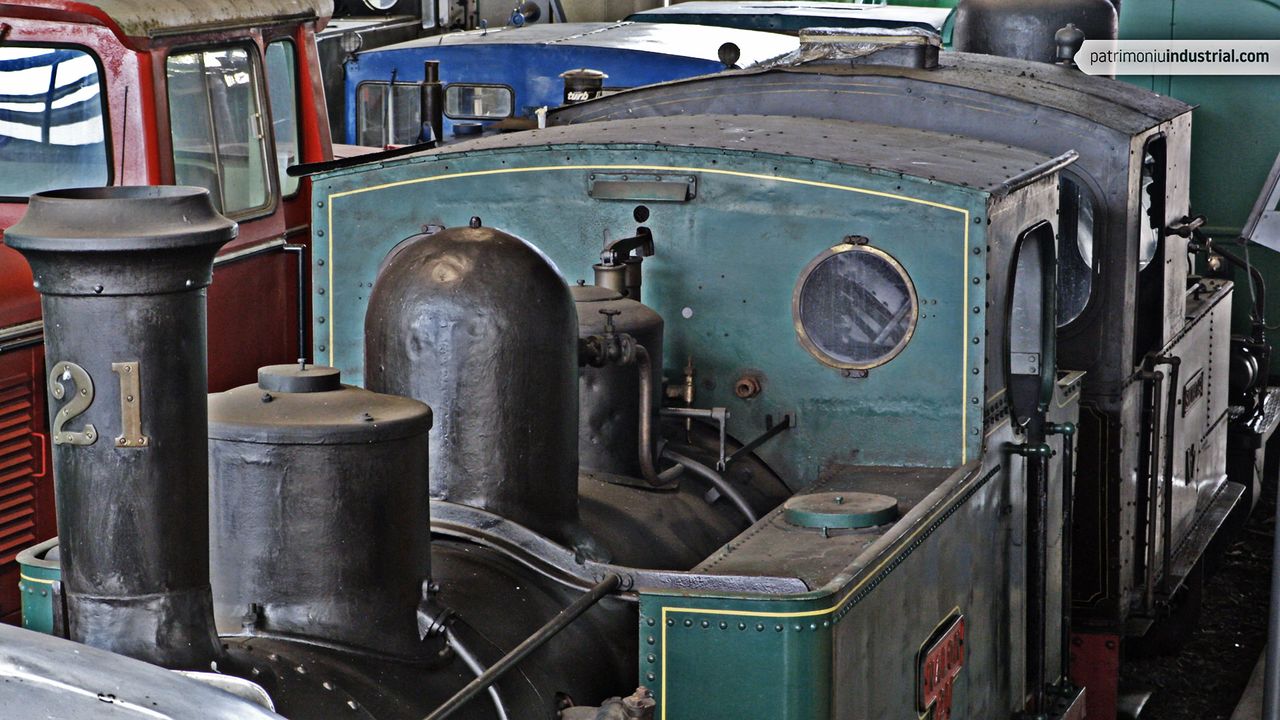
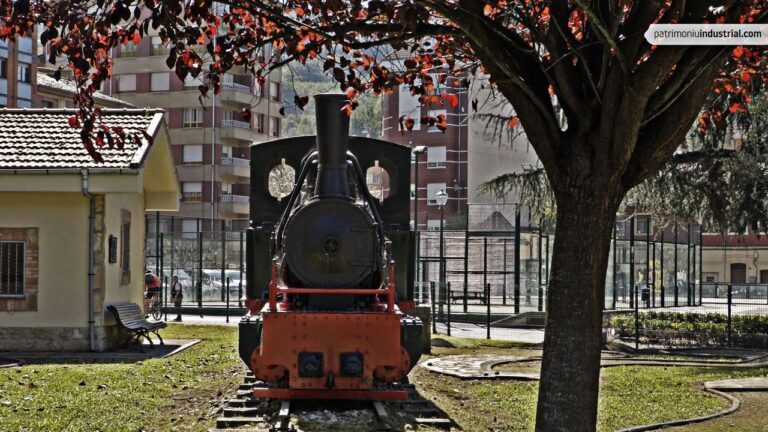
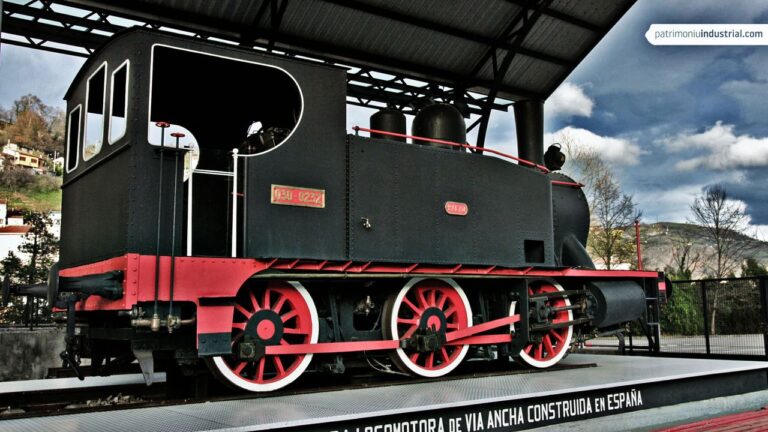


Recent Comments